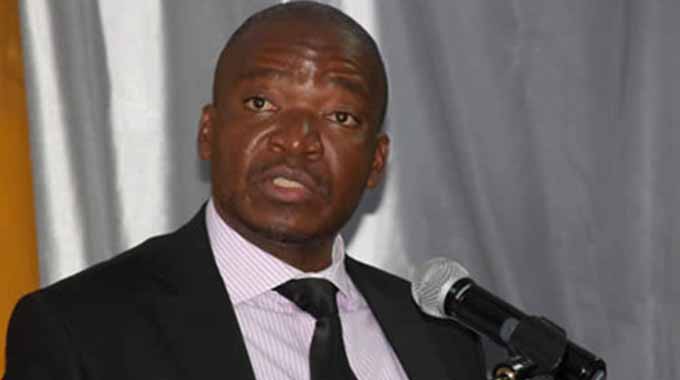Mining sector records strong performance

Golden Sibanda in Bulawayo
ZIMBABWE’s mining sector has recorded exceptionally strong performance in the first eight months of this year, but prospects for further stellar performance over the remainder of the year are being threatened by a few challenges.
Chamber of Mines of Zimbabwe (CoMZ) chief executive Isaac Kwesu told delegates at this year’s edition of Mine Entra gathering of the most influential stakeholders in mining, infrastructure and transport — that most key minerals had performed well so far.
However, ongoing shortage of foreign currency, working capital and rising production input costs have led to fears that strong gains posted in the first eight to nine months of the year could be negated if no immediate measures are taken to resolve the challenges.
The mining sector, which Government intends to grow from a $3 billion to a $12 billion sector by 2023 through coterie of interventions across minerals, has been designated to drive short to medium-term economic growth.
“I am very happy to report that the mining industry recorded strong performance so far this year; in the eight months ending August 2018 compared to the same period last year. The majority of our key minerals posted significant output growth,” Mr Kwesu said.
Without giving output figures for some minerals, Mr Kwesu said growth in output was across minerals with diamonds jumping by 22 percent to 2,2 million carats, lithium skipped 45 percent to 49 360 tonnes, granite rose 46 percent, coal grew 4 percent to 2,4 million tonnes while platinum group metals (PGMs) surged 1 percent.
“As for gold, as at September 2018, that is nine months period, deliveries to Fidelity Printers and Refiners were 28,2 tonnes; a 54percent increase compared to 18,2 tonnes recorded in the same period last year,” Mr Kwesu said.
Mining generates over 60 percent of Zimbabwe’s export earnings. It is estimated the sector accounts for between 12 percent and 16 percent of the GDP. Government wants mining to anchor economic growth and transformation towards its Vision 2030 of making Zimbabwe a middle income country.
Working capital and foreign currency constraints, increases in production input costs from the domestic market and the high cost of electricity, threatened strong performance of the sector to the end of the year, he said. However, the CoMZ chief executive noted that if the challenges were addressed, mining would register stronger output performance in 2018 than in 2017.
“While the performance of the sector is predominantly encouraging, the outlook for the full year is currently being threatened by a few challenges key among them foreign exchange and working capital shortages and the recent increase in production costs,” he said.
Mr Kwesu said collaboration with Government remained critical if the mining sector was to achieve targeted growth rates, as enunciated in Government’s Transitional Stabilisation programme recently unveiled by the Ministry of Finance and Economic Development.
“We are very grateful that Government’s renewed commitment to effective engagement on matters affecting the mining industry has been very encouraging. This has seen our mining industry participating in most of the policy and legislative initiatives that are currently underway,” Mr Kwesu said.
“These include our involvement in the amendment of the Mines and Minerals Amendment Bill, our involvement in the review of the indigenisation and economic empowerment law, our involvement in the development of the Minerals Development Policy and specific mineral strategies,” Mr Kwesu added.
He said the chamber had participated in development of minerals specific policies pertaining to gold, platinum and lithium and was part of the process to review the ease of doing business. Mr Kwesu added that the chamber was contributing to current review of the mining fiscal regime by the finance ministry.
He also said they will continue cordial relations and engagement of Government to expedite current reforms and legislation initiatives in line with the transitional stabilisation programme and national aspirations in line with vision 2030.











Comments